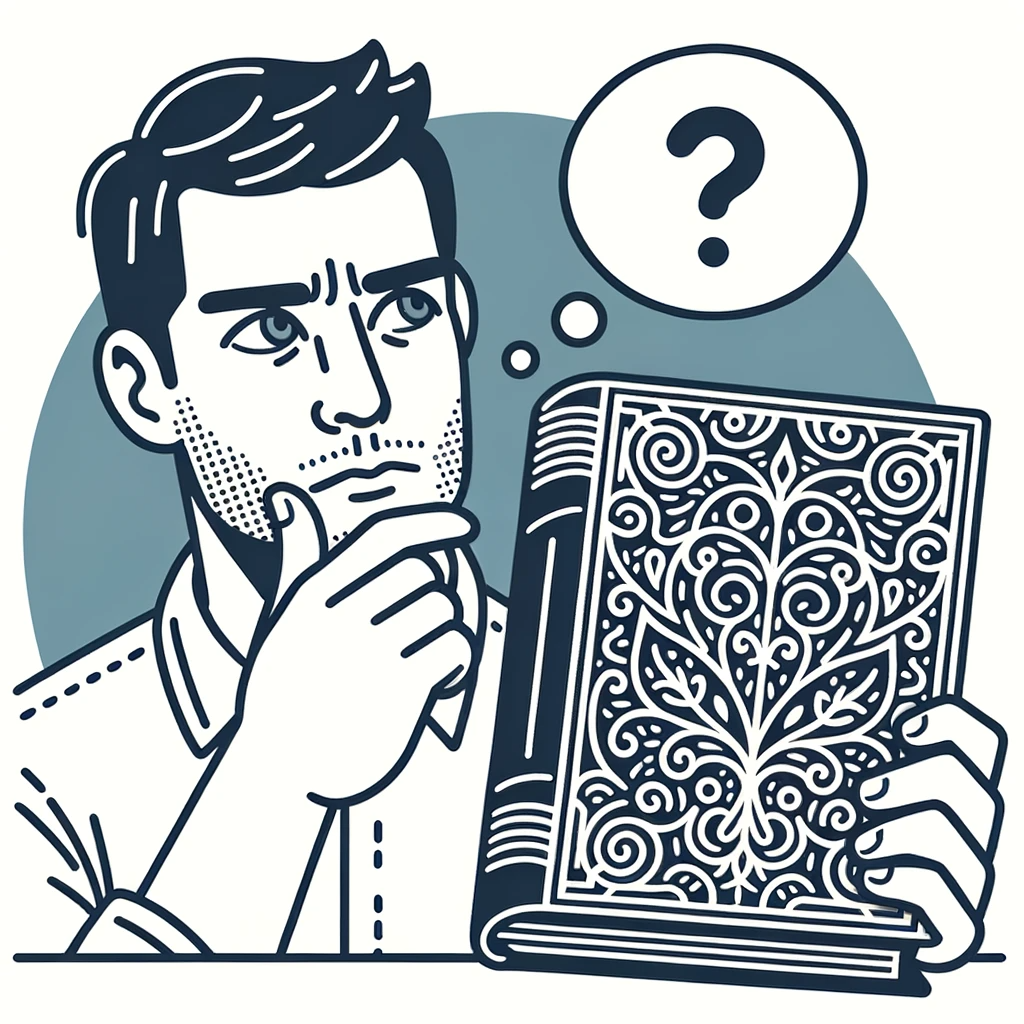Sometimes you have no choice but to judge a book by its cover. Thankfully, modern book covers give you meaningful features to help predict the likelihood of ultimately enjoying the contents.
Author
First and foremost, the vast majority of book covers list the author. If this is an author that you have previously read and enjoyed, or is known to you through recommendation by people whose opinion you respect, this can be a strong indication of a likely good prospect.
Of course, heeding only the author risks over-fitting your taste to a narrow coterie of writers, or falling victim to your own encoded biases. More input needed!
Title
For non-fiction books, the title will often refer directly to the subject of a book. If you have no interest in reading a book about mid-twentieth century history, then Conversations with Stalin is probably not for you. Likewise, science, art, and other subjects are often clearly indicated by the title.
In the case of fiction, this can be a far murkier business. However, The Mysterious Island is likely to involve both mystery and islands, and if either of these is distasteful to you then bravo - you can cross it off your list!
Quotes
Book covers are, of course, mostly advertising material for another product (namely the text ensconced within). And, like any self-respecting ad for a health supplement or accident claim lawyer, they often contain testimonials.
I would venture to suggest that the wording of the quotation is a less predictive feature than the credit (be it a newspaper, commentator or indeed another author).
Publisher or Imprint
Most publishers focus on certain genres, locations, time-periods or level of prestige, and this can be an informative guide in decision-making. Penguin Modern Classics will all be both modern and widely considered classics, Fitzcarraldo Editions will deliver contemporary thinking, and the Oxford University Press will contain vanishingly few celebrity memoirs.
Cover Illustration
What, I suspect, most people are referring to when they offer the advice not to judge a book by its cover. On many occasions the cover illustration can be an excellent means of conveying the mood, content and impact of a book. But equally often it can be wildly misleading, particularly for cheap reprints of out-of-copyright classics. Use with caution.
Description
Many would place this higher up the list, but honestly I find that many rear-cover blurbs are vague, misleading or downright off-topic. Useful perhaps 10% of the time.
Price
Another noisy indicator, particularly if you are attempting to predict your enjoyment of the words within a book, rather than admire the sturdiness of its binding or the sheen of its dust cover. Many of the best books I have ever read were 99p and second hand.
Barcode and ISBN
As tangible, beautiful artefacts of the real world, it can be surprising to realise that books are part of 'the network'. But if you have a smartphone close to hand, you will find it easy to scan the book and look up a review in the world's finest collection of literary reviews.
I have always found it puzzling when received wisdom dictates that we should ignore correlatory evidence in favour of puritanical attention to only first-hand data. As a data scientist, I am used to the application of computational statistics for learning patterns in datasets that are incomplete, noisy and biased. As a bookshop customer, I feel more than comfortable with my own brain's capacity for interpreting such flawed data as a book cover, as long as it is within a framework where the capacity for such flaws are also modelled.
Data literacy is not simply finding and using the best data - it is also about how we can use messy, incomplete real world data in a framework that supports uncertainty. I encourage everyone to look for ways to apply such thinking on an everyday basis, and to challenge insistence on certainty every bit as much as abandoning reason entirely.
